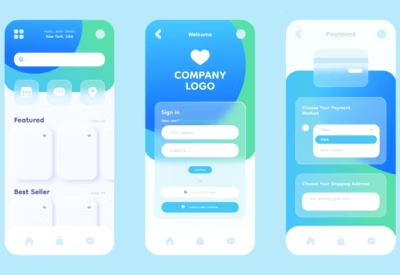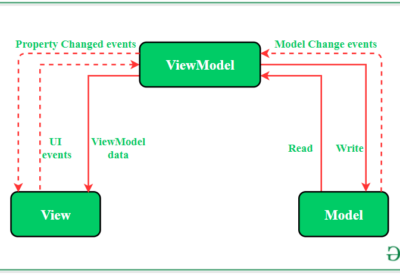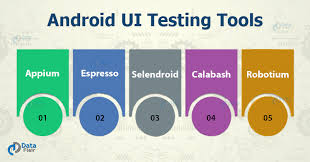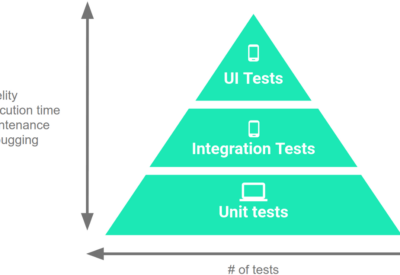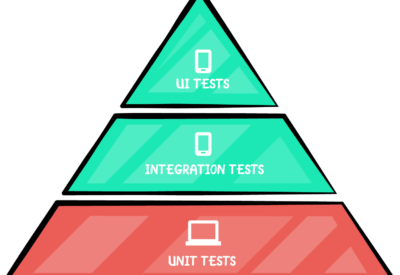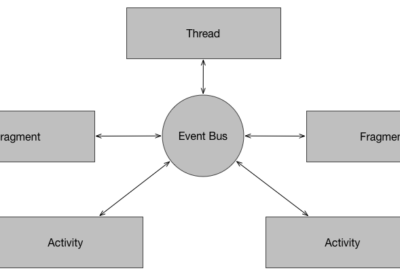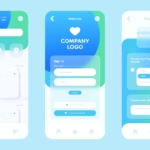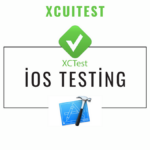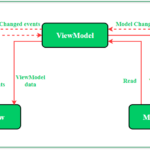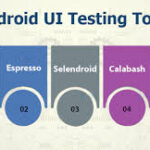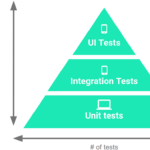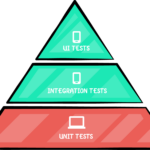The rapid evolution of technology has fundamentally transformed how businesses operate, innovate, and grow. At the heart of this transformation are three key pillars: artificial intelligence (AI), robotics, and quality assurance (QA). These technologies not only optimize operations but also…
Introduction In the competitive landscape of mobile applications, providing an exceptional user experience (UX) and a visually appealing user interface (UI) is crucial for success. A well-designed UI/UX not only attracts users but also keeps them engaged and satisfied. This…
Introduction In the rapidly evolving world of mobile technology, developing applications that run smoothly across a plethora of devices and operating systems can be a daunting task. Android and iOS, the two dominant mobile operating systems, have a vast array…
Introduction Automated testing is an essential aspect of modern app development, ensuring that applications function correctly and efficiently. For iOS app development, Apple provides a robust testing framework known as XCTest, which includes the XCUItest module for UI testing. In…
The Model-View-ViewModel (MVVM) architecture has become a popular choice among Android developers due to its separation of concerns, ease of testing, and ability to scale. By dividing your application into distinct layers, MVVM helps manage UI-related data in a lifecycle-conscious…
UI testing is a critical part of Android development that ensures your application’s user interface behaves correctly. By automating UI tests, you can verify the functionality of your app from a user’s perspective, ensuring all UI components interact as expected….
Integration testing is an essential aspect of software testing that ensures different components of your application work together as expected. In the context of Android development, integration tests are used to test interactions between various modules, such as Activities, Fragments,…
Unit testing is a critical component of software development that ensures your code works as expected. In the context of Android development, unit tests help verify the functionality of individual components like Activities, ViewModels, and business logic classes. This…
Downloading images and displaying them efficiently in an Android application is a common requirement, especially for apps dealing with media, social networks, or e-commerce. Utilizing third-party HTTP client libraries can greatly simplify this process. In this blog, we will explore…
Event-driven programming (EDP) is a powerful paradigm used extensively in mobile application development. It revolves around the concept of responding to events, such as user interactions, system messages, or network responses. This approach can significantly enhance the responsiveness and usability…

